CASCO — Over the past 50 years, the Crooked River has made a remarkable comeback as a spawning habitat in the Sebago watershed for landlocked salmon, the Maine state fish.
The river flows out of the foothills of the White Mountains in western Maine and runs past Waterford, Harrison and Norway before rushing between Casco and Naples on its way to Sebago Lake, 62 miles in all. Sebago Lake is one of the wild salmon’s four original watersheds in Maine, dating back to the last ice age. The landlocked salmon there even gets its scientific name – Salmo salar sebago – from Sebago.
But there are increasing threats to the Crooked River from development, prolonged drought conditions brought on by climate change and inadequate fish passage at old dams and culverts.

The Crooked River accounts for 99 percent of the wild salmon’s spawning habitat in the Sebago watershed, and it has become a destination spot for anglers.
“It’s taken a while since the work began but we’ve gone from 10 percent wild salmon in Sebago to 75 to 80 percent wild. It’s a tremendous success story,” said Maine Regional Fisheries Biologist Jim Pellerin.
That success has even caught the attention of a fisheries biologist in Europe.
Anna Hagelin of Sweden’s Department of Water and Fish Projects recently reached out Pellerin to learn how Maine successfully recovered the wild salmon in Sebago Lake. Swedish biologists hope to do the same in Lake Vanern, Europe’s third largest lake.
“Since (landlocked salmon) are so uncommon we looked around the world to see if there would be a place with similar conditions as us. We found Sebago and the Great Lakes,” Hagelin told the Portland Press Herald in an email. “There are a few landlocked salmon populations, but most of them do not grow to any large size. Large-bodied (wild) landlocked salmon are very rare and that is what you have, even though they are a bit smaller than the ones we have here.”
In the 1930s, Maine started stocking Sebago Lake with salmon because the wild salmon population could no longer support increased demand by fishermen. By the late 1980s, only 10 to 20 percent of the salmon in Sebago were wild, Pellerin said.
Five decades ago, state biologists began removing dams in the Crooked River to better allow the wild fish to swim up river to spawn.
The Maine Department of Inland Fisheries and Wildlife breached the Edes Dam in the early 1970s and the Scribner’s Mills Dam in 1972, Pellerin said. Farther up river, the Bolster Mills Dam was breached by the state in 1972 before it was taken out a decade later and replaced with a rock ramp.
Later on, conservation nonprofits, like the Sebago Chapter of Trout Unlimited, helped by installing larger culverts to increase fish passage.
But with a warming climate and drought conditions in recent years, Pellerin worries about the future of the wild salmon.
“The Crooked River is borderline temperature for salmonids. It wouldn’t take a lot of degrees of warming with climate change to make it unsuitable for cold-water species,” Pellerin said. “Salmon tolerate warm temperatures better than brook trout. But the salmon is still a cold-water species. I would say if it warms up three to four more degrees, it will start having an impact.”
More recently, land trusts have helped the effort by protecting land along the Crooked River. Development can degrade spawning habitat, but keeping the riverbanks in the natural, forested state can help keep the water temperature cool, Pellerin said.
Local land trusts and conservation groups together have protected roughly 15 miles of river frontage along the river, said Lee Dassler with Western Foothills Land Trust.
To fishermen, the Crooked is hallowed ground, chiefly because it’s one of the first places to chase salmon when spring fishing opens on rivers and streams in Maine in April.
Fifty years ago, Harry Curtis grew up fishing the Crooked River with his father when they camped at Sebago Lake State Park. Now he fishes it when his family visits their summer home – right across the street from the river.
Curtis said for the last half century, the Crooked has been a landmark on the map of Maine fishing waters. What he loves most about it is its draw.
“What’s really fun is to meet people, to swap stories, share fishing flies, cheer each other on. People from across the country fish it. It’s a fun environment,” Curtis said. “It’s people camping at the state park. People passing by on motorcycles. They stop to have a break, to have lunch. It’s just such a scenic spot.”
Kevan Fulmer drives from Williamstown, Massachusetts, every year to start the spring fishing season along the Crooked River. Then Fulmer embarks on a month-long fly fishing trip through western Maine and New Hampshire.
“It is the southern-most place I fish,” Fulmer said.
Registered Maine Guide Brooke Hidell of Casco also fishes on the Crooked River at the start of every spring. But now the outings are filled with worry. Like Pellerin, Hidell is concerned about the river – the barriers, the low water levels during drought conditions and development along it.
The town of Norway is considering a proposal for a 40-acre commercial campground along the Crooked River. And in Naples, the board of selectpersons decided Monday to let voters decide in a referendum on June 14 if a portion of the Edes Dam should be removed to improve fish passage. The dam – which no longer functions – is a much-loved landmark by some in the town.
Hidell said it’s nothing but an impediment to spawning salmon.
A Master Maine Guide for 23 years, Hidell said he’s fished nearly every section along the Crooked River. But the critical spawning habitat is what he hopes the state, nonprofits – and the people of Maine – will protect.
And if the landlocked salmon’s spawning grounds are protected, Hidell said the river water will be cleaner and that will benefit Sebago Lake, which is the public water supply for more than 200,000 people. So then everyone benefits, he added.
“The Crooked is the arterial life blood of Sebago,” Hidell said. “We are very salmon-centric as anglers, but we like to think of the bigger picture, too. And protecting the Crooked also helps provide clean, clear water to Sebago.”
Send questions/comments to the editors.


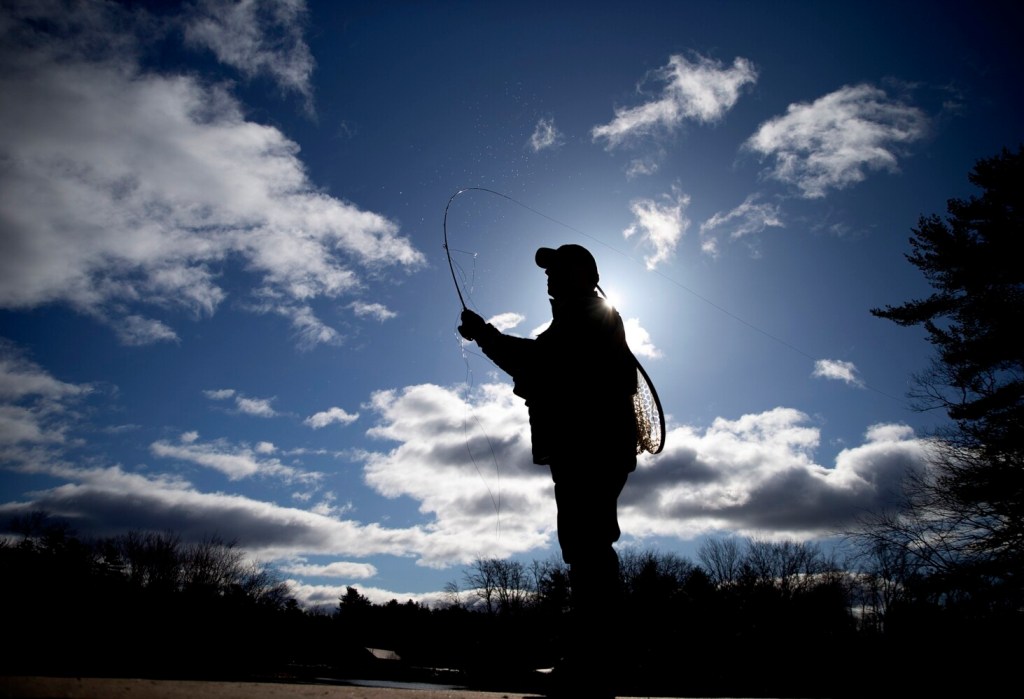
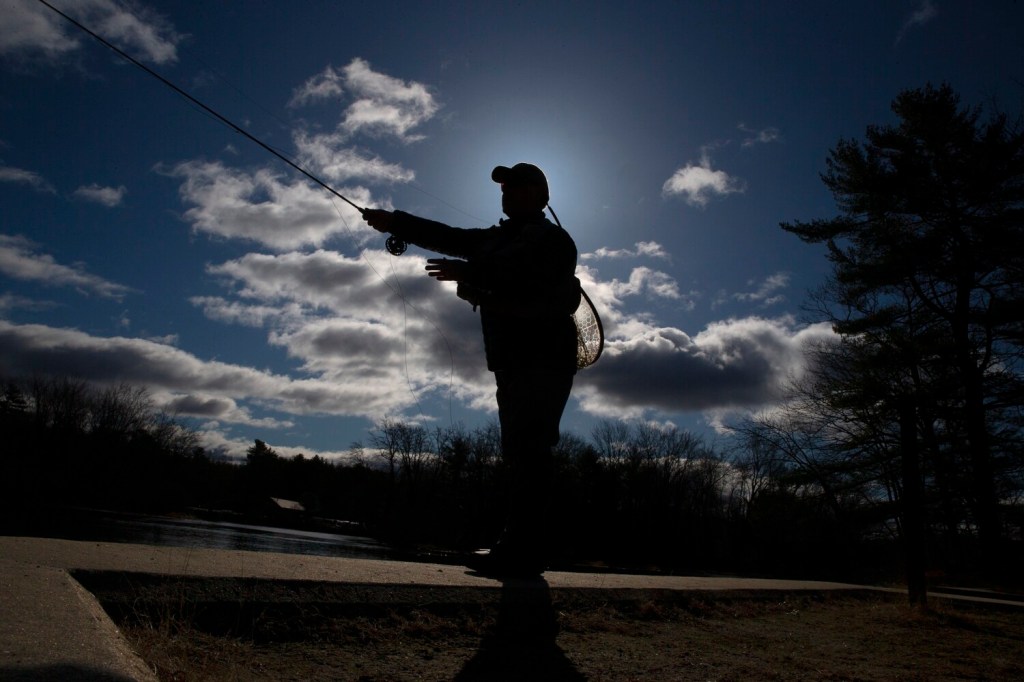

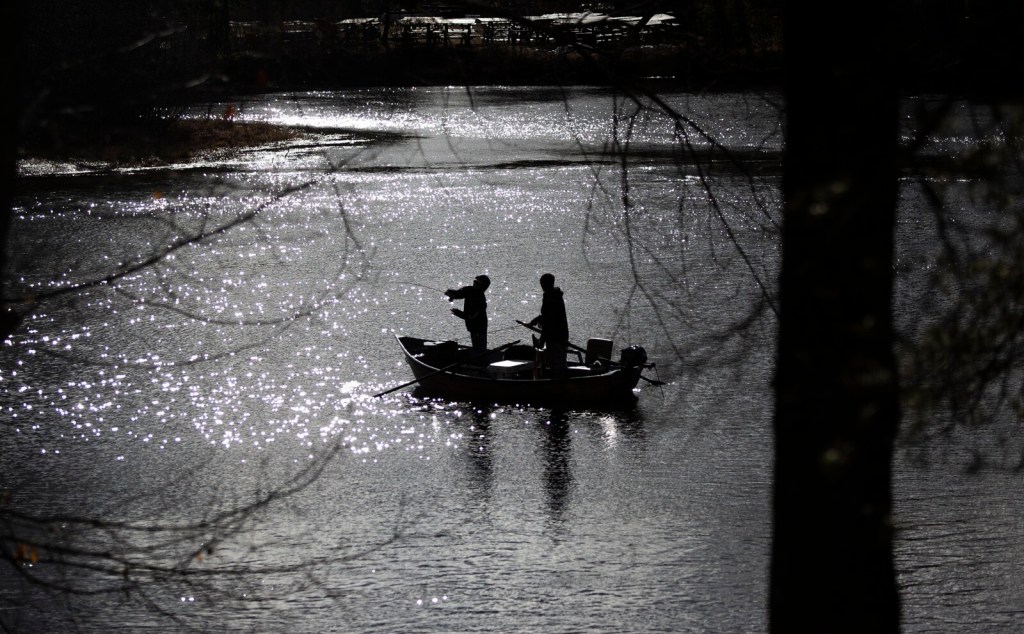
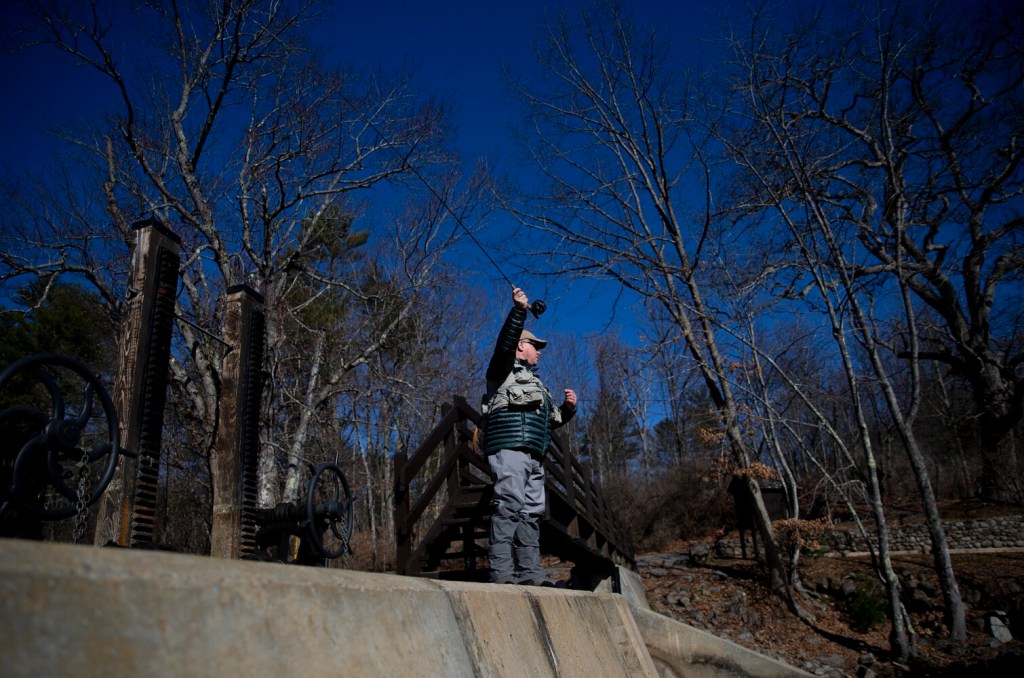
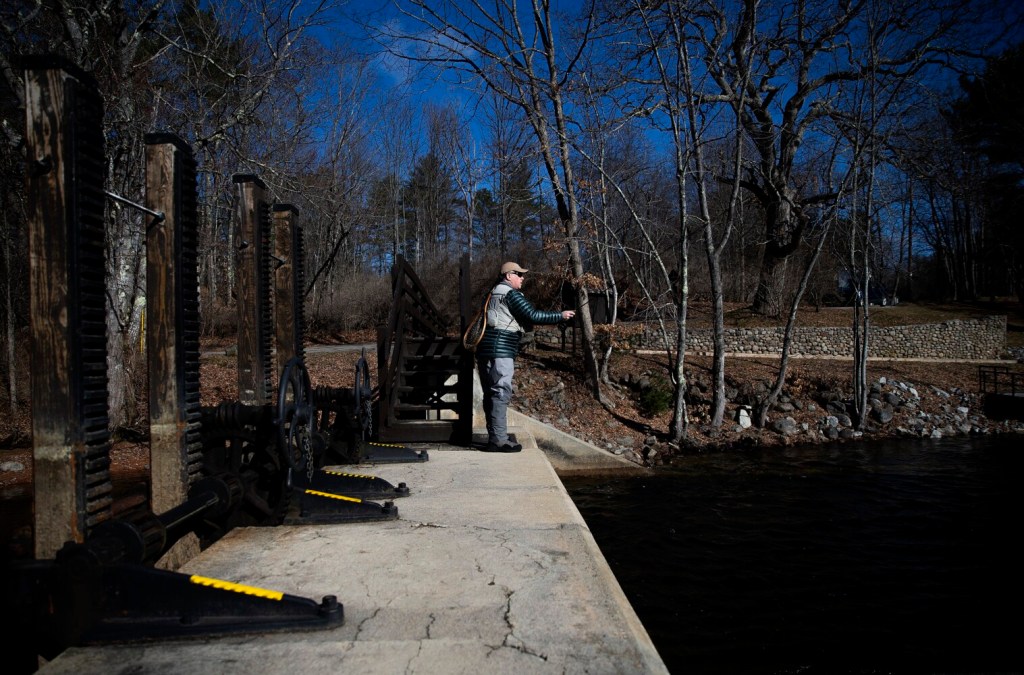
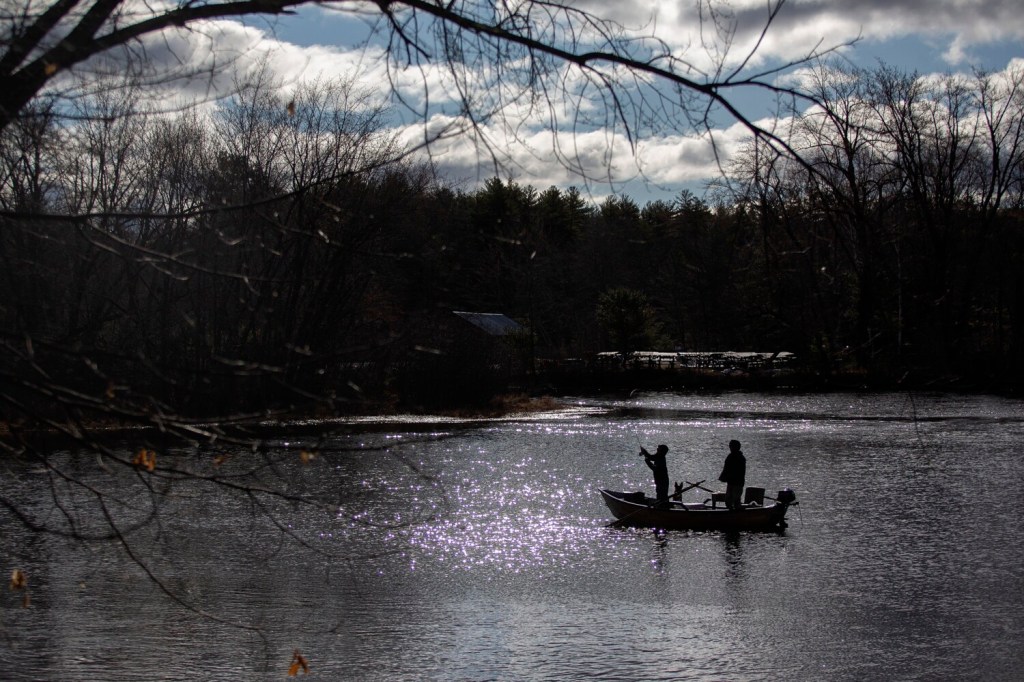

Comments are no longer available on this story